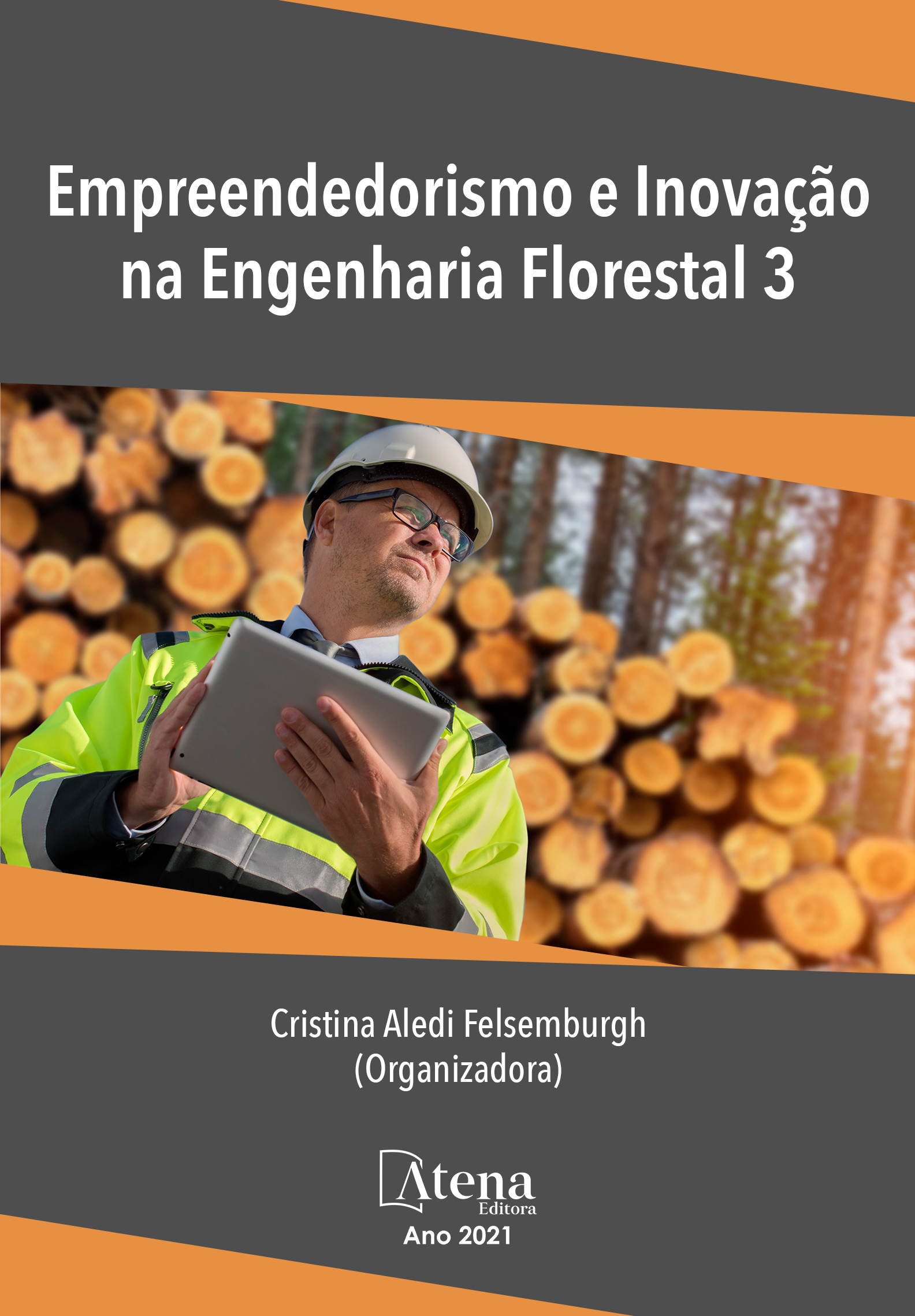
A GESTÃO FLORESTAL SUSTENTÁVEL NA PREVENÇÂO DO RISCO DE INCÊNDIO: SILVICULTURA E PASTOREIO NA REDUÇÃO DA BIOMASSA COMBUSTÍVEL
Os incêndios florestais são uma das principais perturbações abióticas nas florestas naturais e plantadas, afetando vastas áreas no mundo. No Sul da Europa, os incêndios rurais são episódios frequentes e recorrentes pelo que o seu risco tem de ser imperativamente incluído na gestão dos espaços florestais.
Para evitar os danos causados pelo fogo é necessário considerar procedimentos de prevenção ou de redução da sua propagação. As opções mais comuns incluem a seleção das espécies arbóreas a plantar, promovendo a utilização das essências mais resistentes ao fogo, aliada à sua organização no espaço através da compartimentação, numa perspetiva de minimização de risco à escala da paisagem. Ao nível do povoamento, promove-se a redução da carga de combustível da vegetação de sub-bosque. Esta redução pode ser conseguida através da prescrição de fogo controlado, por remoção mecânica, ou pastoreio, ou, indiretamente, por gestão da densidade do coberto arbóreo. Neste trabalho considera-se a aplicação de dois métodos para a redução da biomassa combustível de sub-bosque. Um dos métodos assenta em técnicas silvícolas de gestão da densidade média entre as árvores, enquanto o outro considera a utilização de caprinos. A eficácia dos dois tipos de abordagens na redução da carga de combustível será avaliada e discutida em casos de estudo relativos à floresta portuguesa, no âmbito das atividades do Projeto FTA+siv – Florestação de Terras Agrícolas com Mais Silvicultura, Inovação e Valor.
A GESTÃO FLORESTAL SUSTENTÁVEL NA PREVENÇÂO DO RISCO DE INCÊNDIO: SILVICULTURA E PASTOREIO NA REDUÇÃO DA BIOMASSA COMBUSTÍVEL
-
DOI: 10.22533/at.ed.6392114046
-
Palavras-chave: Fogos rurais, tratamentos de redução de combustível.
-
Keywords: Forest fires, fuel reduction treatments.
-
Abstract:
Forest fires are one of the main abiotic disturbances in natural and planted forests, affecting large areas all over the world. In southern European forests, rural fires are frequent with recurrent episodes. As a result, the risk of fire should be explicitly addressed in forest management. Specifically, it is necessary to consider procedures to prevent or reduce the spread. The most common options include the selection of tree species to be planted, promoting the use of the most fire-resistant essences, combined with their organization in space through fragmentation, the later for minimizing the risk at the landscape level. At the level of a settlement, the reduction of the risk is envisaged through the reduction of the fuel load of understory vegetation. This reduction can be achieved by prescribed fire, by mechanical removal or by grazing, or, indirectly by managing the density of stand. This article outlines two methods for reducing the fuel load of the understorey. One method is based on forestry techniques for managing the average density between trees, while the other concerns the use of goat grazing. The use of both approaches is discussed for case studies in the Portuguese forest, within the Project Forestation of Agricultural Land with More Silviculture, Silvopasture, Innovation and Value.
-
Número de páginas: 20
- Filipa Torres Manso
- Cláudia Martins
- Marina Castro
- Teresa Fonseca


